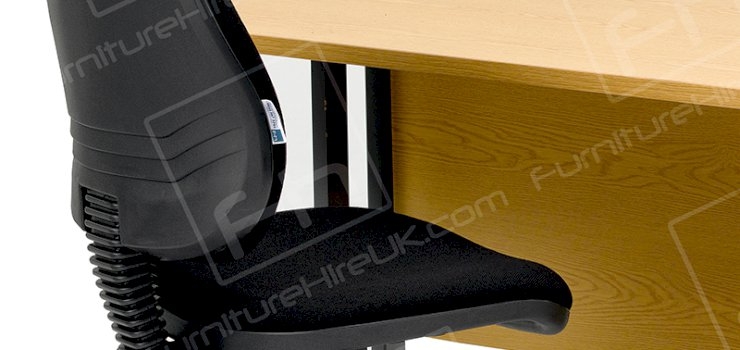
08
Jan
Phases of Furniture Historical and Ofifce Chair Perspective
Administrator
Phases of Furniture Historical and Ofifce Chair Perspective
Post by: Administrator08/01/2014
The office chair
Everyone likes to enjoy a bit of comfort irrespective of the environment in which they are working or socialising. Whether you are in a work space or at home, finding the right type of chair is all about design and the office chair is no exception. Since we spend a large part of the working day, sat behind a desk particularly those who are office based the office chair has become an important feature for any business, but what do we know about the office chair. Where did this enterprising and most used and useful item of furniture begin?
We decided to delve a little deeper into the archives of history and find out just what has made and continues to make the office chair such an important feature in our lives. Firstly we know that the office chair was in fact developed around the mid-nineteenth century this was due to the increase in shift work and its influence on the amount of time people tended to be sat at a desk working. The development of the office chair however brought about quite a few changes to the structure of the office chair which were not previously included in their design.
The Charles Darwin connection
It is one of those facts or facets of information that may seem rather odd, however it was actually Charles Darwin who was apparently one of the earliest innovators of the modern office chair, the reason being that in order for him to reach his specimens more quickly he adapted his chair by putting wheels on it enabling him to move around more quickly and freely and of course keep an eye on those all-important specimens
Purpose of the office chair
The office chair was fundamentally about productivity and as such was designed to ensure maximum comfort for workers, and office employees. Following the evolution and growth of business and the expansion of administration and bookkeeping the demand for a comfortable and flexible work chair pushed forward the idea of the office chair, this encouraged the development of designs that were flexible and adaptable. The swivel chair for example which is still commonly used today formed a basis for the idea of having comfort, style and practicality all rolled into one.
All in a spin
The swivel chair with castors increased in popularity due to its convenience, office workers were able to move more quickly and easily between spaces, without having to expend energy. This idea continues to this day making work life simpler and easier. Reaching for the telephone or conferring with colleagues is often much easier when you are not constantly having to cross office spaces.
Eager Ergnomics
It was during the 1970’s that ergonomics became an important feature of chair design and was and still is all about comfort and support. Today’s features include arm rests, back support and height preference to name just a few of its defining factors. The ergonomic chair not only assists with comfort but also helps prevent injuries associated with sitting for long periods, such as back ache and repetitive strain injury.
